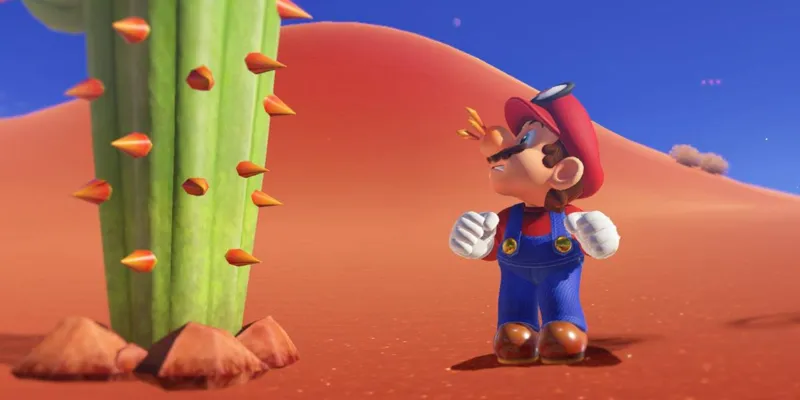Delving into the realm of Super Mario Bros., there has been ongoing speculation regarding whether the iconic character, Mario, truly experiences pain amidst his hazardous escapades. Nintendo has shed light on this intriguing topic, hinting at a nuanced perspective rather than a definitive answer.
Throughout the Super Mario Bros. series, Mario faces a myriad of perils, from menacing enemies to treacherous obstacles like spikes and fireballs. Despite these dangers, the games maintain a light-hearted and whimsical tone, steering clear of graphic depictions of violence to align with Nintendo's family-friendly ethos. Mario endures seemingly catastrophic injuries, such as being flattened by Thwomps or plunging into lava, only to bounce back with familiar cartoonish flair, unscathed and undeterred.
Takashi Tezuka, a prominent designer at Nintendo responsible for the Super Mario Bros. franchise, has offered insights into Mario's resilience and potential pain tolerance. In a recent interview, Tezuka acknowledged the ambiguity surrounding Mario's pain perception, suggesting that while Mario may indeed experience pain, the crux lies in the emotional impact on players witnessing his precarious predicaments. According to Tezuka, evoking a sense of empathy and concern from players, believing in Mario's pain, enriches the immersive bond between the character and the player, enhancing the overall gaming experience.
Expressions of Pain in Modern Super Mario Bros. Installments
Recent iterations of Super Mario Bros., particularly those on the Nintendo Switch, have further explored the theme of pain expression within the games. Titles like Super Mario Odyssey introduced nuanced animations, showcasing Mario's reactions to specific injuries, like wincing when struck by Cacti spines.
Tezuka's more recent project, Super Mario Bros. Wonder, continued this trend by infusing Mario and fellow characters with heightened emotional responses through their movements and expressions. Whether contorting their faces in discomfort or reacting to painful encounters, these animations aim to evoke a genuine sense of sympathy and immersion from players. Tezuka emphasizes that eliciting audible reactions from players when Mario endures harm signifies an ideal gameplay experience, blurring the lines between Mario's pain perception and player engagement.

